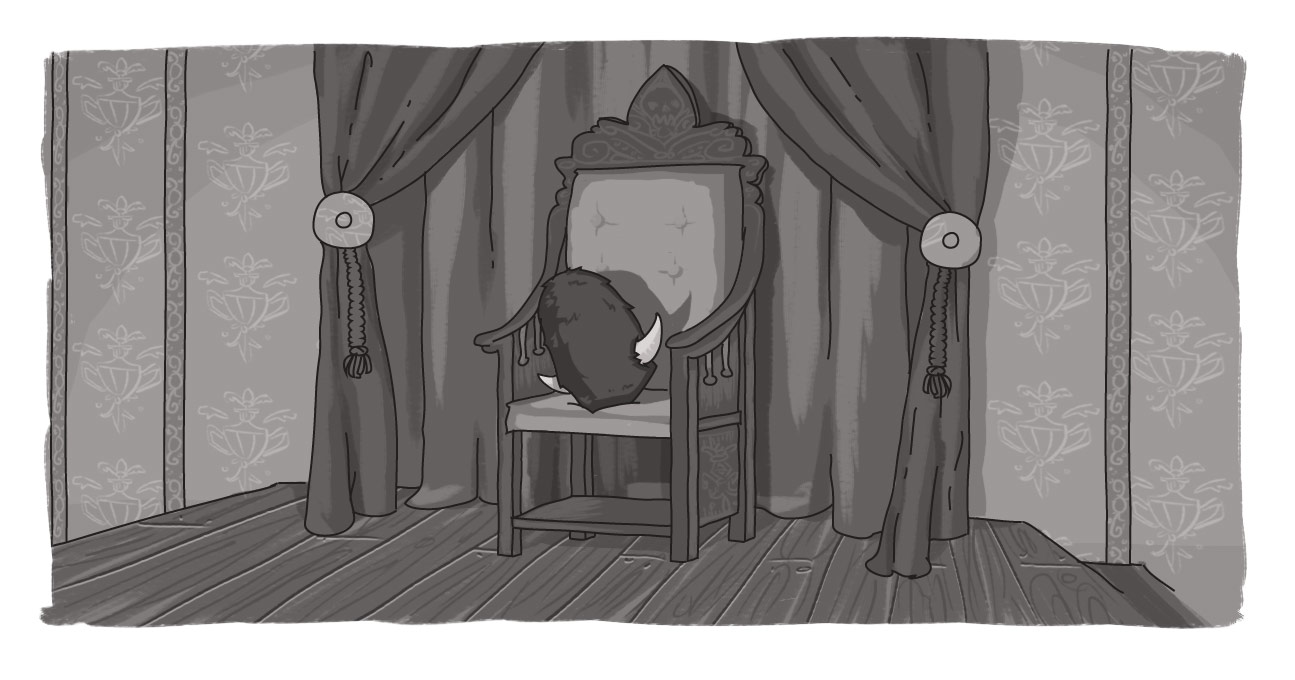Intranet Introspection: Content Matters

If you were to ask me what's the biggest barrier to a smooth project launch, the answer is clear -- content. It doesn't matter if it's creation, editing, migration, or structure -- content is the number-one cause for project delays.
Since nothing else delays a project more, across the board, I'd like to spend a few moments talking about what content is and what you can do to ensure that your Intranet project moves smoothly.
Budget Time and Prioritize Content
The biggest challenge for any content project is ineffective planning of time -- people just tend to underestimate the amount of time it takes to audit, write, and rewrite content. Combine that with the fact that on a typical project, there are usually multiple people in charge of different types of content -- different departments may be responsible for creation; other people may be in charge of curation; and, especially in larger organizations, there's often a long, serpentine approval process that can bog down the process.
Of all the parts of a project, content is the least captivating. Brainstorming, talking about features, reviewing designs, those are the parts of a project that people really sink their teeth into and get excited about. Cracking open your laptop and revising your vacation policy is about as far down the list as you can get. However the content piece is typically the lynch pin of a project. So it’s counter-intuitive that it’s often pushed aside or neglected until the last possible moment.
There are really two reasons for this.
First, typically the responsibility for content, whether it’s for the entire project, or just a section, is an additional responsibility and not a primary. Meaning Joan in HR is also tasked with doing the HR content audit, on top of all of her normal responsibilities. So when Joan’s day-to-day responsibilities require her attention the content piece is the first thing to get pushed to the back burner.
The second reason is that content is always underestimated. Most people think they’ll spend a Thursday evening with a glass of wine and after an hour or two they’ll be done. I can tell you that this far from the truth. Content auditing, authoring, reorganizing, restructuring, updating and revising take much more time that you think. So start early and budget as much time as you can because content is the foundation upon which everything else is built. It is your message, it is what people are searching for, and it is integral to successful development of an Intranet project. And the earlier you can get it done, the better.
We encourage our partners to have a few, finalized instances of content for each content type created. Why? So that as we're developing a solution, we can test it out, see where there may be gaps, and fix views that may not look as good in execution as they did in concept. It's much easier to do that early in the project than when you're near a launch date.
Know What Your Content Is
Many times our clients are migrating enormous stores of content from the dreaded “Z drive.” A worn, tired, and bloated repository containing every policy, procedure, newsletter, and staff BBQ poster template from the last 10 years. And though much of this content may still be relevant, or be required by your legal department to exist in some form or another, there are likely reams of items which can be decommissioned or at least updated.
This is where the content audit shines.
The audit process can be a daunting one but an incredibly necessary one. For each piece of content a simple ROT (Redundant, Outdated, Trivial), or Keep-Kill-Combine analysis should be done.
- Keep: If this content is still relevant it should be kept. Then decide if it needs to be updated.
- Kill: The opposite of keep. If it’s not relevant or timely, get rid of it.
- Combine: If it’s redundant, or can be combined with other similar content, then do so.
Once you’re done your analysis you’ll have a better understanding of the scope of work ahead of you.
Knowing How Your Stakeholders Interact With Your Content
One of the biggest issues with any Intranet is that it's often designed with the wrong people in mind. Often putting the focus on the needs of the organization versus the needs of the users. Focusing on the people who are actually going to use your solution, and access your content, as opposed to being beholden to internal structures or "we've always done it that way"-itis, will provide you with a far more usable solution -- and one that's actively embraced by your staff.
There are a number of ways that you can inform your usability efforts, but they all come down to one, simple word: ask.
At Digital Echidna, we encourage getting feedback on elements of your information architecture early in the process. We use testing tools for navigation testing, card sorting, and first-click testing with our clients to help them understand how users want to interact with content, how they intuitively group types of content, and even the terminology they prefer to define those groups of content. Additionally you can hold stakeholder engagement meetings, do interviews in person, conduct on-line polls, have working groups and facilitated collaborations -- it's all about getting the information you need to make the best decisions.
Of course, there's a caveat to that. A big one really. There's a fine line between effectively soliciting group feedback and designing by committee. Stakeholder engagement is great and can be a positive step in creating a valuable solution; design-by-committee is the process of ensuring all user groups are equally dissatisfied. You can't be all things to all people, so it's important to vet your feedback against your primary user groups and not overemphasize the influence of fringe cases.
Accessibility
It's something we hang our hats on here at Echidna, because an accessible solution benefits everyone. We combine in-house expertise, first-hand lived experience, and on-line tools to ensure our solutions don't just meet WCAG 2.0 standards, but also provide a positive real-world experience. It's one thing to dot the "i"s and cross the "t"s, but it's another thing to ensure that the solution works well for someone requiring accessibility measures.
And remember it's not just visible disabilities that accessibility helps. Sure, the focus is on those with auditory, visual, or mobility issues, but accessibility benefits us all. First, we're all getting older and accessibility standards are ideal to help deal with the needs of an aging population. Most importantly, the tenets of accessibility are also the foundations of good web design. From semantic markup to alt-tagging, proper site structure is key to a well-rounded experience.
What About Migration?
Content migration is another daunting task, and there are many factors which play into your content migration strategy. Is your content in its final state? Will you be revising it? If so, will you do your revisions in your old system or your new one? Does your content live in a database or is it static HTML content? If it’s a database, what type? What is your table structure? How do your database fields map to your new content models? If it’s static content, is it well structured? Can an automated script be used to pull the information out of your mark-up? All of these questions inform your migration strategy, and also have a massive impact on your budget and timeline. The sooner you create your strategy the better off you’ll be.
So make sure whatever vendor you choose they have a clear plan for creating this strategy.
So to wrap up: Content is important. The most important. Don’t underestimate the level of effort required and dedicate the necessary time and budget.
Next Up
Next week I’ll focus on the execution of projects. Specifically, what you should be looking for from a vendor -- and from yourselves -- in terms of project management. And if you’d like to catch up on our previous Intranet Introspection pieces, I’ve provided the links below:
- Intranet Introspection II: How to Keep Your Project on Track Once it has Left the Station (Mar. 2, 2017)
- Intranet Introspection I: Starting on the Right Foot (Feb. 24, 2017)
How do I manage content for my site?
How long does it take to write content for my site?
SUBSCRIBE TO OUR E-NEWSLETTER
 Subscribe
Subscribe


